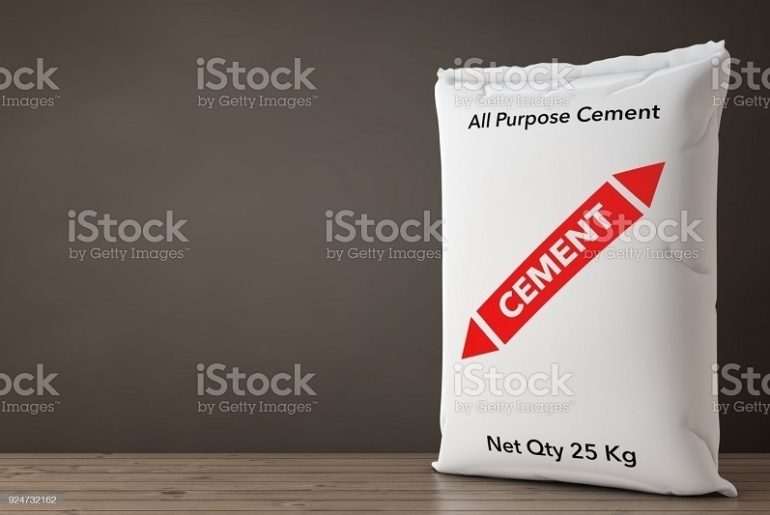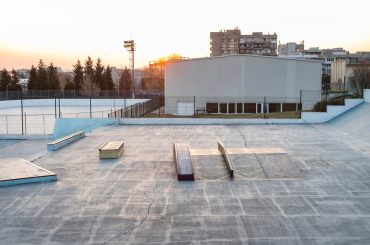Cement is a binder substance that sets, hardens, and sticks to other materials to bind them. It is a fine, soft, and powdery substance. It is the most important material in building construction. The raw materials that are mostly used in the making of cement include lime, silica, alumina, and iron oxide. It is the key ingredient that is used to make concrete. Cement is generally divided into hydraulic and non-hydraulic cement.
Hydraulic cement is the type of cement that hardens when it comes in contact with water. It is composed of limestone, clay, and gypsum. Non-hydraulic is the type of cement that needs to be kept dry for it to attain strength. It is composed of lime, gypsum plaster, and oxychloride. It takes a long time to set and hence this cement is becoming redundant and obsolete.

Cement grades list
Cement is found in different grades. The grade of cement indicates how strong the compressive strength of the cement is. Since cement is the main material to make concrete, we must understand that the strength of cement is directly proportional to the strength of concrete i.e. the higher the grade of cement, the stronger it is. Not only strength, but the higher graded cement is finer than the lower grades. That is the reason it is advised to go through the cement grades list before choosing the type of grade of cement to be used in your structure. The grades of cement are usually a category of OPC or Ordinary Portland Cement.
OPC or Ordinary Portland Cement
Limestone and clay minerals are heated in a kiln and ground. In that mixture, two to three percent of gypsum is added. This mixer is then mixed into a fine powder which forms OPC or Ordinary Portland Cement. No matter what kind of brand it is, OPC is available in three different grades that can be used for three different purposes. The grades are as follows:

OPC 33 Grade
33 Grade of cement means the Compressive Strength of cement after 28 days is 33N/mm2 according to the Indian Standards, IS 269 – 2015. This grade of cement is mainly used for wall plastering, non-RCC structures, pathways, etc. It is rarely used nowadays, as its compressive strength is very low in comparison to other types of concrete available in the market. It is mostly used in the making of low-grade concrete such as below M20 Concrete grade.
OPC43 Grade
The grade 43 of cement means the Compressive when tested under the CTM is 43N/mm2 according to the Indian Standards, IS 8112 – 2013. This grade of cement is mostly used in PCC and RCC work. It is mostly used for plastering, flooring, pathways, stone masonry, brick masonry, etc. It is used in areas where the grade of concrete is up to M30. This grade of concrete is also used in the finishing of structures, bridges, culverts, roads, etc.
OPC53 Grade
The grade 53 of cement means the Compressive strength when tested under CTM is 53N/mm2. This grade of cement is used in RCC and pre-stressed concrete of higher grades. Instant plugging mortars, cement grouts, etc. It is used for fast-paced construction where the initial strength of the construction is to be achieved quickly. Since it is the grade with the highest compressive strength, the OPC53 grade is costlier in comparison to the OPC33 and OPC43 grades.
Conclusion
These were the various different grades of cement available in the market today. After going through this cement grades list, one can get a small idea of what exactly the different grades of cement represent.






